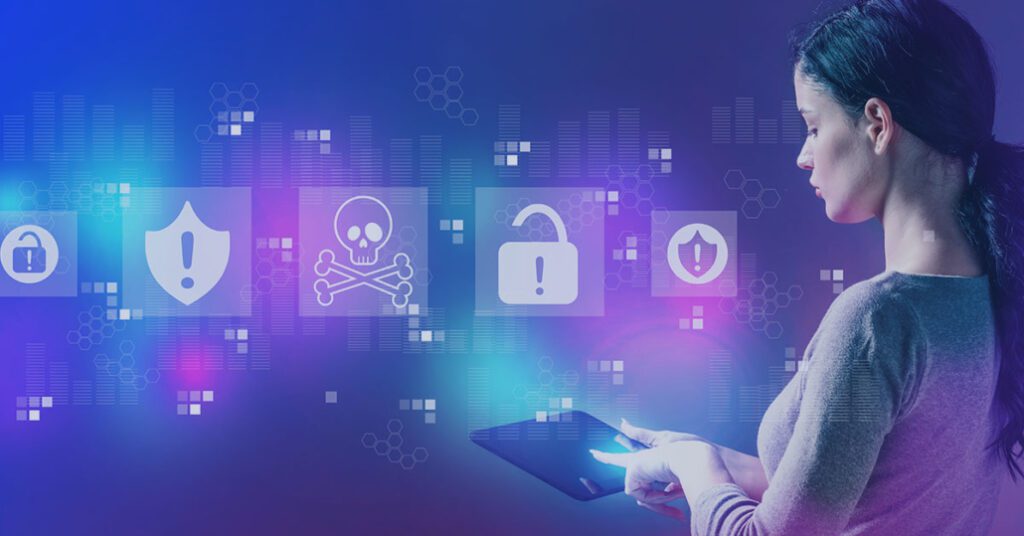Table of Contents
In the intricate landscape of cybersecurity, “Spillage” stands as a significant concern demanding attention within the realm of Cyber Awareness. This term refers to the unintended or unauthorized exposure of sensitive information, a perilous occurrence that can transpire through various digital channels. Understanding the intricacies of spillage is pivotal for bolstering cybersecurity measures and fostering a vigilant cyber-aware environment.
In the vast landscape of cybersecurity, where threats are ever-evolving, spillage has emerged as a significant concern for organizations and individuals alike. This article delves into the depths of spillage in cyber awareness, exploring its definition, impact, prevention, and the continuous need for vigilance.
Introduction

Definition of Spillage in Cyber Awareness
Spillage, in the context of cyber awareness, refers to the unauthorized or accidental exposure of sensitive information. This can occur through various channels, such as network breaches, data leaks, or inadvertent sharing of classified data.
The Importance of Cyber Awareness
Cyber awareness is the first line of defense against spillage. Understanding the nuances of potential threats and implementing preventive measures is crucial in safeguarding sensitive information.
What Constitutes Spillage?
Spillage encompasses a multitude of scenarios, from accidental data leaks to intentional breaches, each posing unique challenges. Recognizing the spectrum of incidents that fall under spillage is essential for devising effective preventive strategies.
Types of Spillage
Diverse in nature, spillage can manifest as data spills, security breaches, or insider threats. Each type necessitates tailored approaches, acknowledging the varying dynamics and implications associated with different forms of spillage.
Common Causes of Spillage
Human error, inadequate security protocols, and the ever-evolving landscape of cyber threats contribute to the prevalence of spillage incidents. Addressing these root causes is crucial for minimizing the risks associated with unintended data exposure.
Impact of Spillage
Risks and Consequences
Spillage incidents bring forth a plethora of risks, ranging from reputational damage to substantial financial losses. Understanding these potential consequences is fundamental for organizations to prioritize and invest in robust cybersecurity measures.
Examples of Notorious Spillage Incidents
Examining past spillage incidents, such as the Wikileaks exposure or the Sony Pictures hack, provides tangible examples of the profound impact spillage can have on individuals, organizations, and even nations.
Cyber Awareness Measures

Training and Education
The foundation of effective spillage prevention lies in comprehensive training and education. Individuals equipped with the knowledge to identify and mitigate potential spillage incidents are instrumental in enhancing cyber awareness.
Best Practices for Avoiding Spillage
Implementing best practices, including secure communication channels, encryption, and access controls, serves as a proactive approach to minimizing the likelihood of spillage.
Importance of Regular Updates
In the dynamic cybersecurity landscape, staying ahead of potential risks necessitates regular updates and reviews of security protocols. Continuous improvement is vital to adapt to evolving cyber threats.
Handling Spillage Incidents
Incident Response Plans
Having a well-defined incident response plan is critical for minimizing the impact of spillage incidents. Swift and effective responses are essential components of a comprehensive cybersecurity strategy.
Key Steps to Mitigate Spillage
From containment to investigation, understanding and implementing key steps in response to spillage incidents are imperative for organizations dealing with data exposure.
Learning from Spillage
Every spillage incident should be viewed as an opportunity to learn and fortify cybersecurity measures. Analyzing these incidents contributes to a culture of continuous improvement.
Technology and Spillage Prevention

Role of Advanced Technologies
Incorporating advanced cybersecurity technologies, such as intrusion detection systems and artificial intelligence, plays a pivotal role in spillage prevention.
Implementing Cybersecurity Solutions
From firewalls to secure networks, organizations must actively invest in and implement cybersecurity solutions to create robust defense mechanisms.
Case Studies
Real-world Examples of Spillage Incidents
Examining real-world case studies provides practical insights into spillage incidents, highlighting successful mitigation strategies and areas for improvement.
Lessons Learned from Case Studies
Analyzing case studies enables organizations to glean valuable lessons, ensuring continuous improvement in their cybersecurity practices.
he Future of Cyber Awareness
Evolving Threats
As technology advances, so do cyber threats. Anticipating future challenges is essential for adapting and strengthening cyber awareness initiatives.
Continuous Adaptation and Improvement
Cyber awareness is an ongoing process. Organizations must continuously adapt and improve their strategies to stay ahead of emerging threats.
Staying Vigilant
Importance of a Proactive Approach
Staying vigilant requires a proactive approach. Organizations and individuals must anticipate potential risks and take preventive measures.
Collaborative Efforts in Cyber Awareness
Cybersecurity is a collective effort. Collaborative initiatives and information sharing enhance overall cyber awareness, creating a more resilient environment.
Conclusion
In conclusion, spillage in cyber awareness is a pervasive threat that demands attention and proactive measures. Understanding its nuances, learning from past incidents, and embracing evolving technologies are critical steps toward creating a secure digital landscape.
FAQs
How common is spillage in cybersecurity?
Spillage incidents vary in frequency but are unfortunately common. Regular cyber awareness efforts can mitigate such occurrences.
Can spillage be entirely prevented?
While complete prevention may be challenging, robust cybersecurity measures significantly reduce the risk of spillage incidents.
What role does employee training play in spillage prevention?
Employee training is pivotal; educated staff can recognize and prevent potential spillage incidents.
How can organizations recover from a spillage incident?
Swift incident response, thorough investigations, and implementing lessons learned contribute to effective recovery.
Is cybersecurity a shared responsibility?
Absolutely. Cybersecurity is a collective responsibility, involving individuals, organizations, and the broader community.


